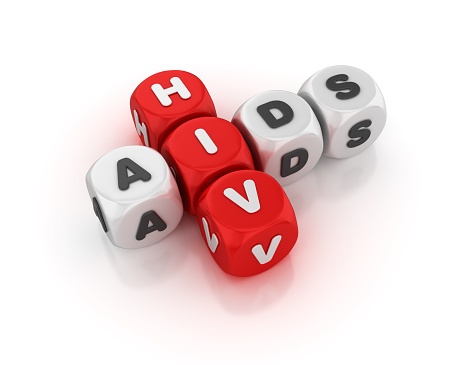According to a study published in BMC Public Health, promoting healthcare, raising awareness, and changing health-related beliefs and attitudes are effective ways to prevent human immunodeficiency virus/acquired immunodeficiency syndrome (HIV/AIDS) infections.
Researchers, led by Hoda Joorbonyan, examined the impact of peer education within the health belief model on the adopted of preventative measures by female high school students. They found that peer education intervention appeared to affect “awareness level, susceptibility, severity, benefits, perceived barriers, perceived self-efficacy, behavioral intention, and finally avoidance of high-risk behavior.”
This empirical-interventionist study took place at two randomly selected schools, one of which functioned as the intervention group, while the other served as the control group. Classes were randomly selected, and a total of 80 student from each school participated in the study. A validated questionnaire was used to collect data, and a handful of students were selected as peer educators after receiving training. The intervention group received four sessions of one hour of education via training, lectures, question and answer, and group discussion, whereas the control group received no instruction.
According to the report, the average scores at baseline in the categories of awareness level, perceived susceptibility, perceived severity, perceived benefits, perceived barriers, perceived self-efficacy, behavioral intention, and behavior were not significantly different between the test and control groups (p >0.05). However, two months after the education sessions, the researchers observed a significant increase in average scores across all the variables in the intervention group, while there were no significant changes in the control group (p >0.05)
Based on their findings, the study’s authors support the potential benefits of peer education within a focused health belief model to improve prevention of HIV/AIDS.
Source: BMC Public Health
https://bmcpublichealth.biomedcentral.com/articles/10.1186/s12889-021-12445-6









